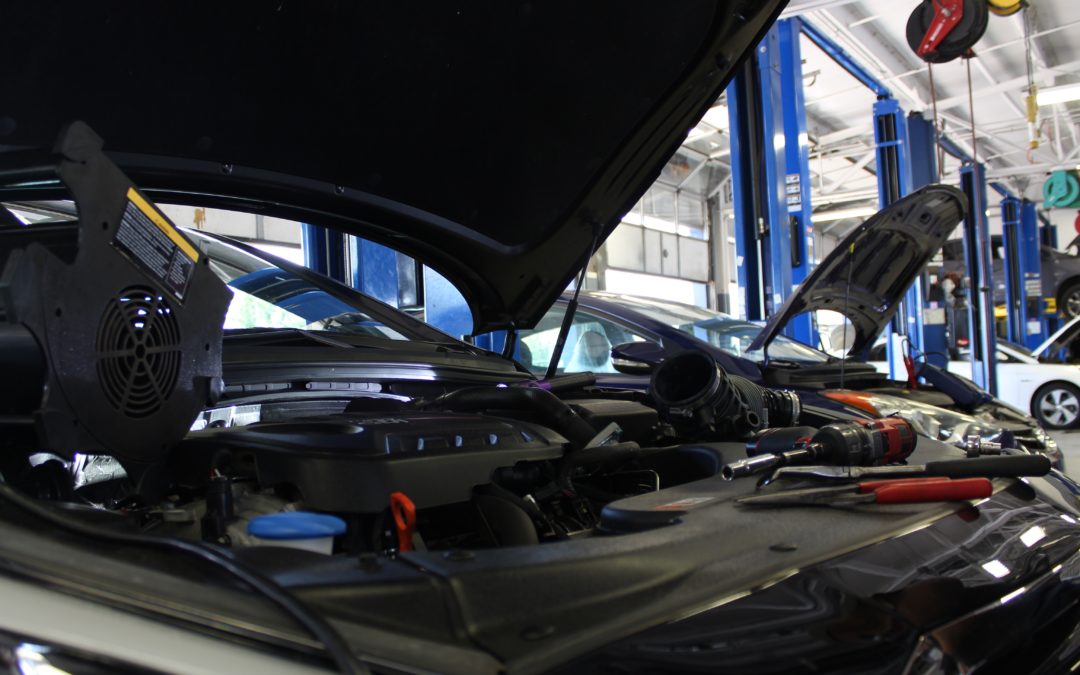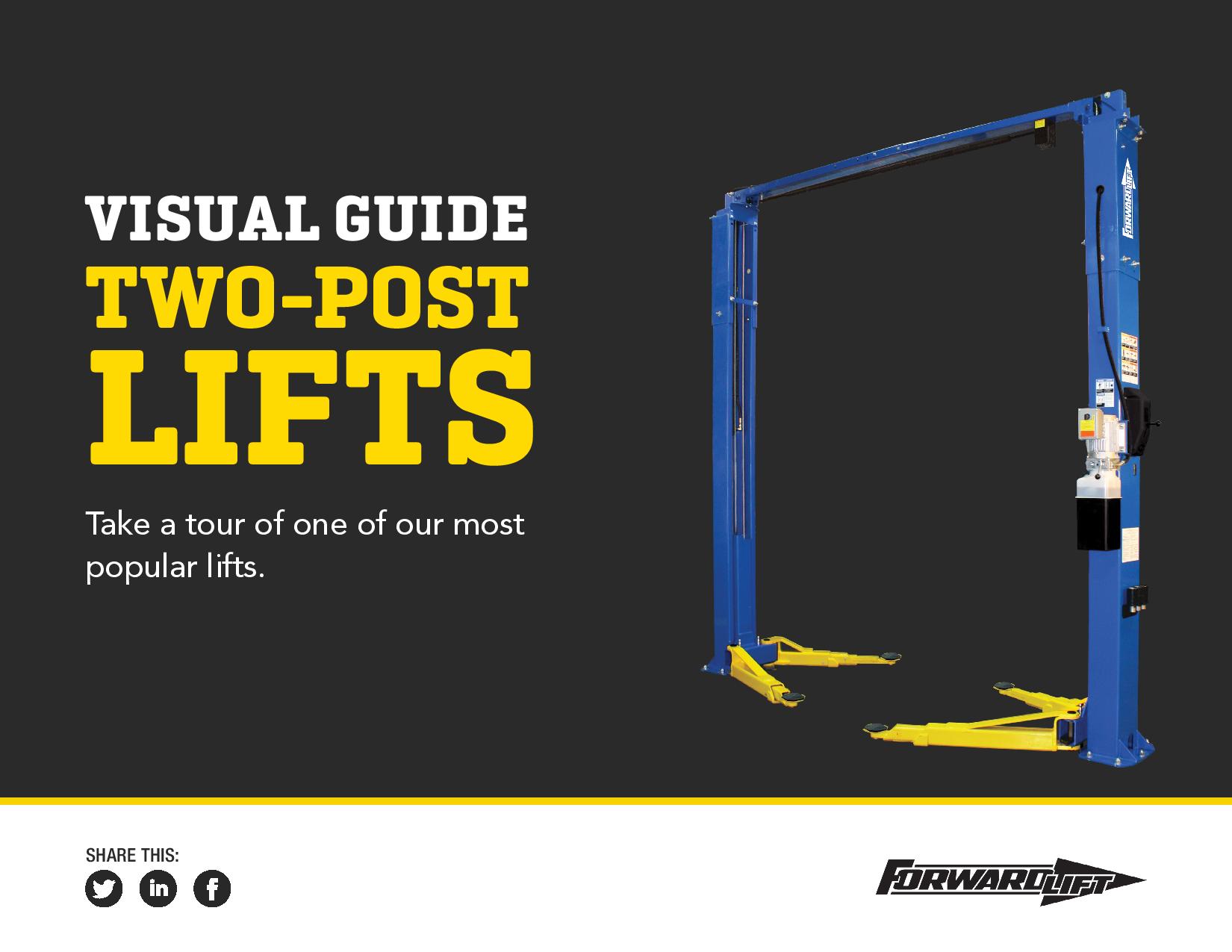Everyone has a dream shop.
The floors shine. The techs are stoked. The work gets done in half of the estimated time. And the customer service room is spotless and always full of happy car owners. In the best dreams, there are also Forward Lifts across the entire shop floor.
Now envision your dream shop. Got it? Now look a little closer, beyond that row of Forward Lifts and into the toolboxes and diagnostic equipment that lines your walls. What do you see? Those smaller details are probably not the first thing to come to mind, but they’re often the easiest changes you can make toward building your dream shop—not to mention increasing your shop’s productivity. Here’s some quick ideas for your consideration:
Hand tools. It’s hard to improve on ratchets and wrenches, so you probably don’t have too many new designs in your toolbox. On top of that, your techs probably have their own tools. Properly outfitting your shop can reduce cycle times, though, so make sure the basics and necessities are never far from reach. And stay on the lookout for new specialty tools. It doesn’t happen often, but when something that can make a difference finds its way onto the market, you don’t want to be the last shop to adopt it.
Pneumatic tools. Sure, you’ll find plenty of pneumatics in tire shops. But they’re also essential in auto shops. Turns out that no matter what you’re repairing, can save your techs time and energy—and that means more cash through your bay doors. Plus, pneumatic tools will save you money from replacing stripped threads or lugs from over-tightening by hand.
Diagnostic equipment. When it comes to diagnostics, knowing what to buy can save you a massive headache and a lot of money. There are three things that should determine your next diagnostic purchase:
- Depth of information. You can’t do work with less information. But strange as it may seem, you also might not be able to do the work even if you have more—because diagnostic equipment that provides deep analysis is often limited to specific vehicles or could force you to make frequent and costly upgrades. Know the kind of information you need and the types of vehicles you need in the system before you decide on your equipment.
- Ease of use. If a piece of equipment isn’t easy to use, why is it in your shop? It’s probably killing your cycle times. Hell, your techs may not even use it. And that defeats the purpose. Choose a system that’s not complicated and comes with training, so you can use it as soon after your purchase as possible.
- Technical support. When it comes to new equipment, you’re probably going to face some setbacks in the beginning. Minimize the negative effects on your shop’s workflow by choosing equipment that comes with quality technical support.
That’s the secret to building your dream shop: start at the foundation with tools and equipment. And since it’s your dream avoid the nightmares. That takes a little research. But the time you spend before you buy can save even more time in the end.


